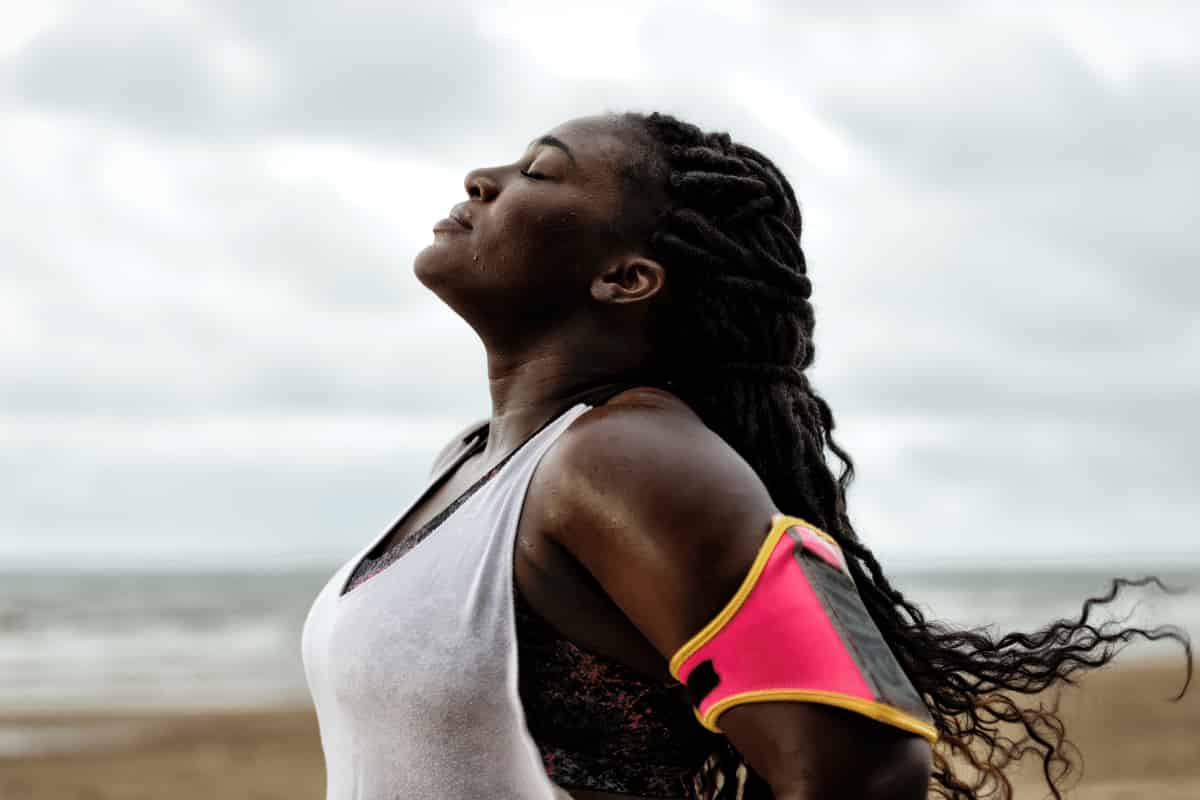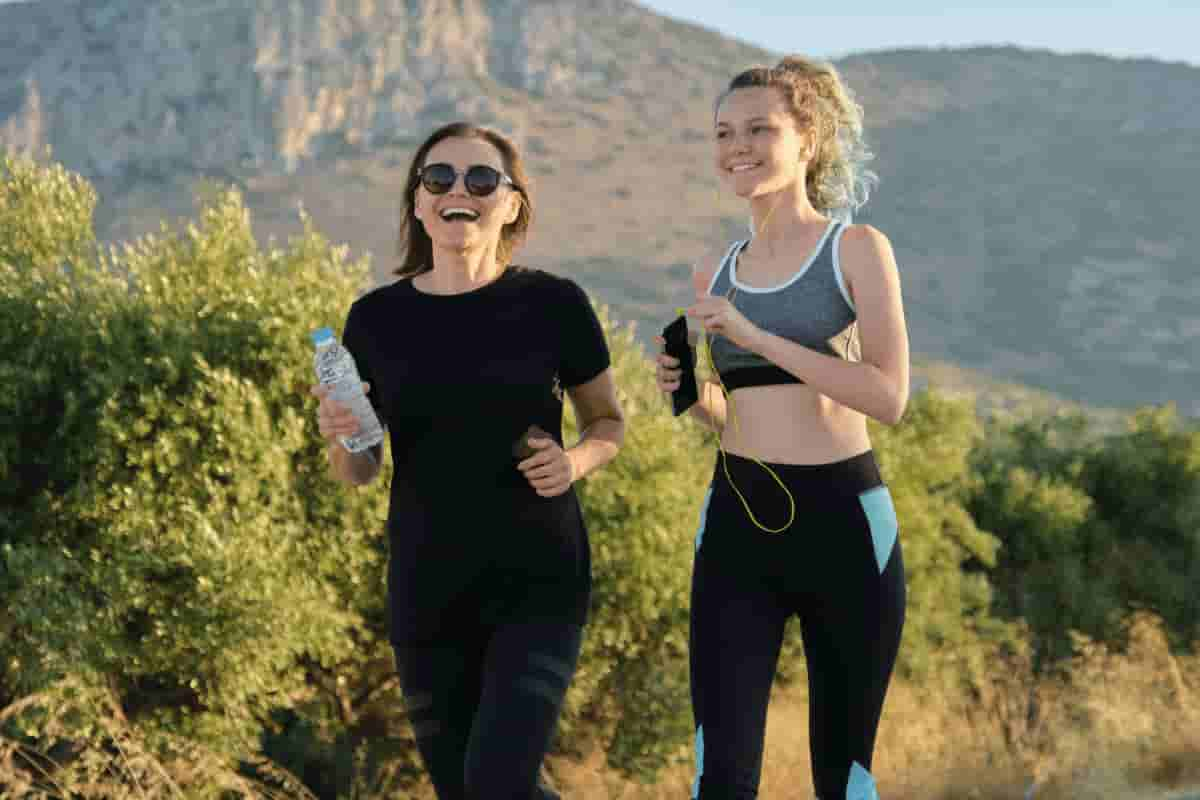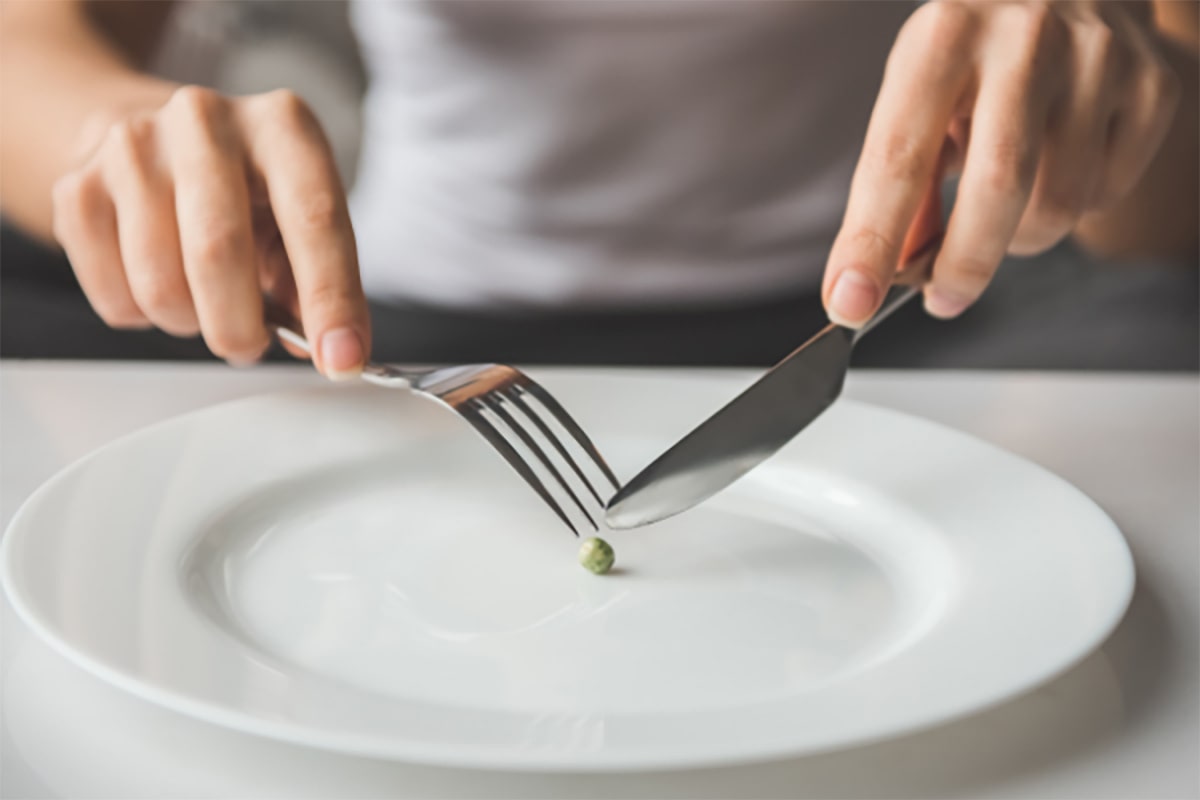Becoming The Exercise Enthusiast You Always Hated

Most women know that exercise is good for them and can lead to better health and well-being, especially in midlife. Physical, emotional, brain and sexual health typically improve with regular physical activity. So why aren’t more women across racial and ethnic groups exercising more?
Midlife women juggle a heavy load of work, household duties, and caregiving for children and parents. Finding time in busy schedules with competing demands is challenging, and fatigue often sets in during the evening. Some women are also constrained by not having an affordable, convenient, or safe environment to exercise in. Many individuals struggle to get started because of stress and depression. Other women carry gender-based beliefs about role expectations including the acceptability of exercise, while some live with cultural messages and power dynamics impacting their right to control their own health decisions including engagement in physical activity.
At the Translational Science Symposium on Midlife Wellbeing held in advance of the 2021 Annual Meeting of the North American Menopause Society, expert Dr. Helen L. Coons, Associate Professor and Clinical Director, Women’s Behavioral Health and Wellness Services, University of Colorado School of Medicine, shared a framework with healthcare providers for having conversations with women about starting, increasing and sustaining moderate-intensity exercise – ideally for at least 150 minutes/week. Dr. Coons also offered strategies to women to become the exercise enthusiast they always hated.
Learning to Love or Least Appreciate Exercise
-
Overcome Barriers
Start by identifying the barriers to your self-care including regular physical exercise, and how you might overcome them – alone or with support from family, friends, co-workers, or your health care providers. For example, can you ask your partner to take on some of your household or caretaking duties a few days a week to free up some time? Can you take 30-minutes from your lunch hour to walk and get some sunlight? How about enlisting a neighbor for a walk after dinner instead of watching TV, looking at social media, or doing more work. If stress and depression are getting in the way of physical activity, remember that aerobic exercise can be a helpful treatment for mild depression and anxiety, and behavioral health providers are available to help you with your mood.
-
Exercise Snack
If finding a block of time to exercise is challenging, try exercise snacking. Exercise snacking is short 5-15 minute bouts of exercise that you repeat throughout the day to add up to a daily goal. Research shows that exercise snacking is just as effective healthwise. It’s also a great strategy if you get tired initially and want to work up to longer periods of activity. Consider short walks, a quick bike ride or swim, or using a treadmill desk. Remember – some exercise is better than no exercise. Some days you may fit in a 15-minute run while other times you can go on a long walk or take a class.
-
Partner Up
Enlist others to exercise with you. Make a pact with your neighbor or friend, sign up for a class, or join a team. Many people find that group exercise makes them more accountable and likely to exercise harder or longer. Group activities can be more fun, socially connecting, and makes the time fly by! Mid-life women can really enjoy tennis, pickleball, rowing, hiking, and other team or groups.
-
Get Creative
Think out of the box about your exercise options. You don’t have to take up jogging, ride a stationary bike, or lift weights. Think about what kind of exercise would be more pleasurable for you. Consider alternatives such as Salsa or Zumba dance classes, hiking, snowshoeing, gardening, or walking with your neighbor in different parts of your town or in new parks each week. Keep trying different things until one or more type sticks. It’s good to have different exercise options to mix it up and when weather, available time, and energy change.
-
Bust Myths
Forget ageist stereotypes like you’re too old to run a marathon or ride a bike. There are many women who are doing these things well into their 80’s and have the strong physical, brain, and mental health to show for it. And consider evaluating any gender-based beliefs you may have about women and exercise that interfere with your physical activity.
-
Think Free
Don’t feel like the only way to exercise and get in shape is to join a gym, especially if your budget is tight. Walking is free and great for your heart, bones, and brain! And there are lots of free community fitness classes and exercise videos on YouTube as well as inexpensive streaming services by top fitness instructors. Find one or two that you enjoy, and it will help keep you motivated.
-
Share Your Goals, Successes, and Frustrations
Let others know when you met your exercise goal for the day, week, month and when you need support to start and continue with your physical activity! Get positive support from friends and family by sharing pics of yourself exercising on social media.
-
Focus On the Positives
After physical activity, reflect on how it makes you feel about yourself and your body. Does physical activity make you feel proud of yourself, energized, strong? More focused? Sleep better at night? Less irritable? More connected to friends and teammates?
Remember, don’t compare yourself to anyone else. Watch your negative thinking, and let go of worrying about what others think. Physical activity is an essential and respectful part of self-care, not selfishness. Set small, realistic goals, go at your own pace, and do what feels right for your body. The important thing is to start and stay moving, and learn to appreciate whatever exercise you do! And appreciate yourself!
This information was presented at the Translational Science Symposium “Charting the Path to Health in Midlife and Beyond: The Biology and Practice of Wellness” held in advance of the 2021 Annual Meeting of The North American Menopause Society in Washington, DC. Excerpts from the Translational Science Symposium are presented as part of the Live From #NAMS2021: The Latest Breakthroughs in Women’s Midlife Wellness series published by Women Living Better and Lisa Health with permission from NAMS.
Sign up for more unique women’s health content
By submitting this form, you agree to the Lisa Health Privacy Policy and Terms of Use


